
4 minute read
Finding balance
BALANCE
To flow, you need to be in a balanced position that enables you to move around your bike and react quickly to the trail. You need to feel relaxed and ready – this can only happen if you’re balanced. Stay relaxed too – rigidity is the enemy of balance.
RELAX
Once you’re feeling balanced, loosen up to let the bike move around underneath you.
CHIN UP
Stable vision aids balance, so keep your chin up and look ahead to the upcoming trail.
S H O C K ABSORBERS
To use your arms and legs properly you need to have them in a bent position where they can flex or extend quickly.
B A S E O F SUPPORT
Direct your weight through your feet to create your base of support. From here you can apply pressure, or pop, hop or twist your hips for swift changes in direction.
LINE CHOICE


Being able to spot a line is an essential part of riding and choosing the right one will allow you to carry speed much easier. Don’t fall into the trap of always going for the easy, well-worn number though. There will usually be an alternative option that allows you to attack a section more aggressively.
RIDING LIGHT
Rough terrain can damage your bike easily, so riding light can minimise the effects of impacts.
S P O T THE APEX
The worn-in natural line here (coloured red) actually leads out into a field and off the path you need to be on. The track starts on the inside of the turn and goes wide. The best line (coloured yellow) is to go wide at the start of the turn and cut on the inside, exiting in the perfect place to continue. This way is faster and more direct.

YOUR APPROACH As you get nearer the rough patch, spot your line and be ready to get out of the saddle. 1
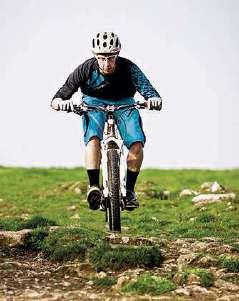
LOOKING AHEAD
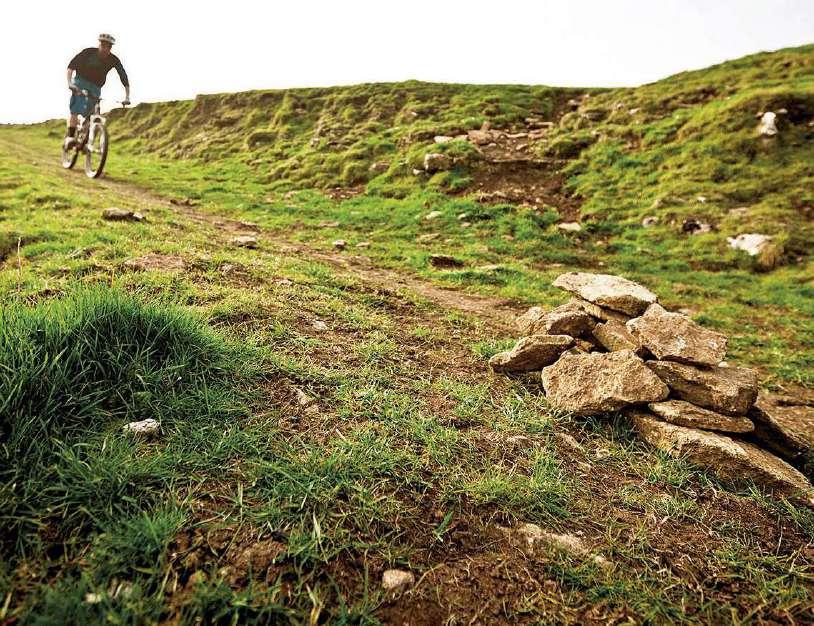
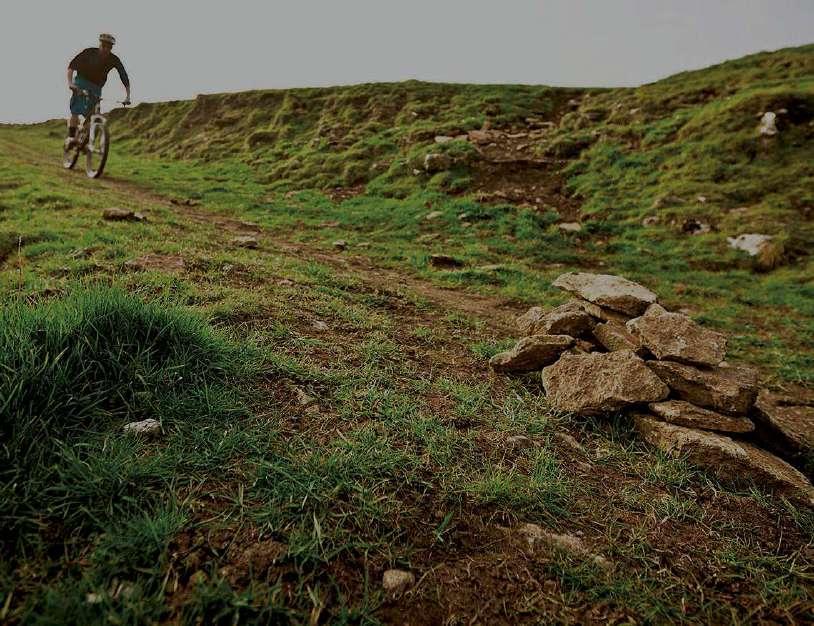
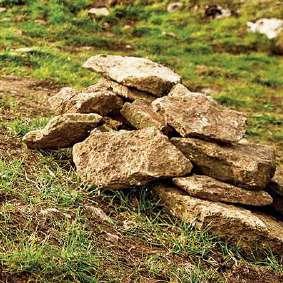
You need to identify hazards a long time before they pop up in front of you. As soon as you spot the problem, find the line that avoids it and focus on it. Look where you want to go and you’ll go there. If you stare at the things that worry you then you’re likely to head straight for them.
COMPRESS Just before you hit the rough stuff, push your body down into the bike and be ready to spring up. 2
STAND TALL Quickly pop up, but don’t pull on the bike – this standing tall movement helps to unweight your bike and will let it ride over the bumps, rather than get bogged down. 3
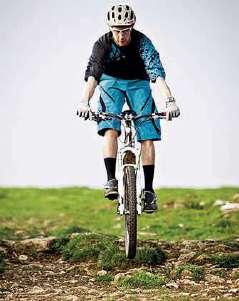
CORRECT A SLIDE
Without berms to support your cornering, there’ll be times when your bike will slide while turning on natural terrain.
The key is to go with it and not be afraid – it’s amazing how fast you can react and correct yourself if you commit. You can master this technique by letting yourself slide and practice correcting yourself. It’s a good idea to wear kneepads while you learn this.

1 APPROACH Keep your weight biased toward the front of the bike, have your braking done in advance of the turn and keep your eye on the exit line.
BUM
Stay out the saddle, but over it. Keep central for even weight distribution. Lowering your saddle can make moving your bodyweight around easier.
ARMS

Keep your arms bent and relaxed to avoid too much body weight being over the front wheel, which needs to be isolated from the braking force.
LEGS
Keep you legs bent and relaxed so you can react quickly if your wheels lose grip.
HANDS
Relax your grip and use gentle one-finger braking to make subtle adjustments. Concentrate your braking on the wheel with most weight on it – if there’s no weight on the wheel, braking will just cause it to lose traction.
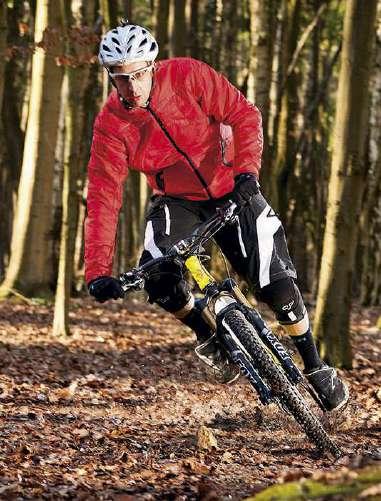
2 COUNTER STEP When the back slides, move further forward and keep steering round the turn. Your inside foot may instinctively step out ready to dab. Don’t fight it.
ON-TRAIL BRAKING
Natural trail surfaces vary, and so does the amount of grip they offer. This affects how hard you can brake. Loamy or sandy surfaces can be grippier than dry trails, while clay and mud over hard surfaces can be like riding on ice. Where and how hard you brake affects your speed control so your motions need to be slow and exaggerated – sudden movements or jerky braking will cause your wheels to lose grip. On a slick muddy trail, broken twigs, grass and foliage can provide extra grip, and dips and holes can be used to weight the bike for momentary hard braking.










